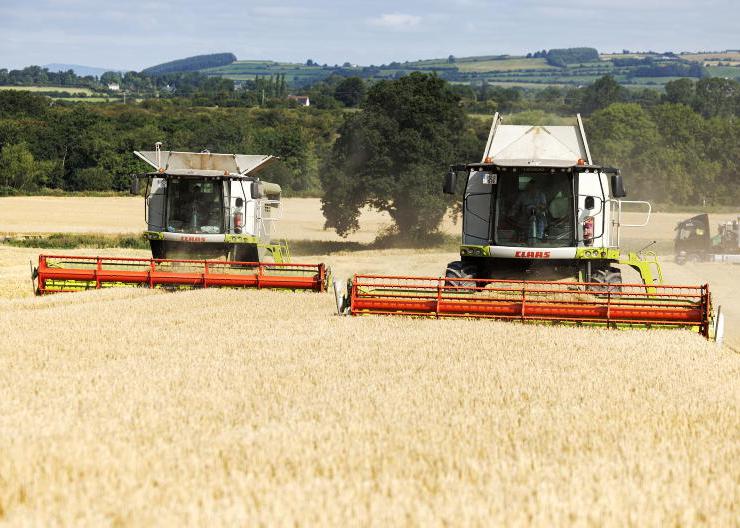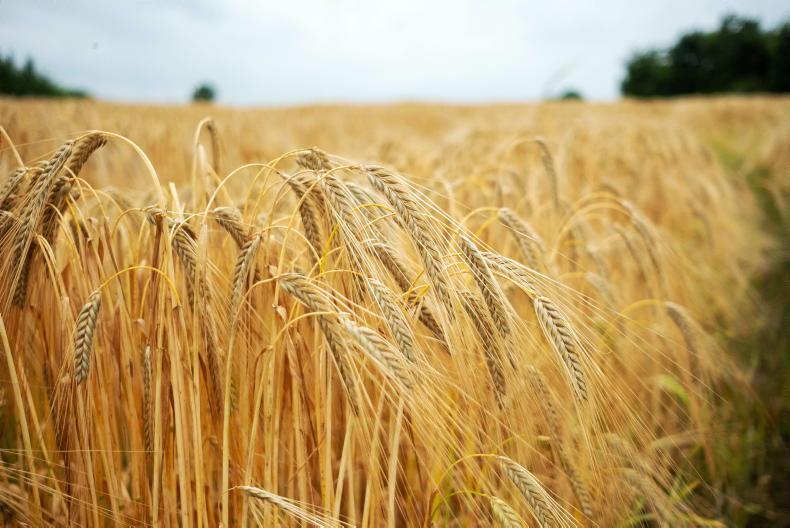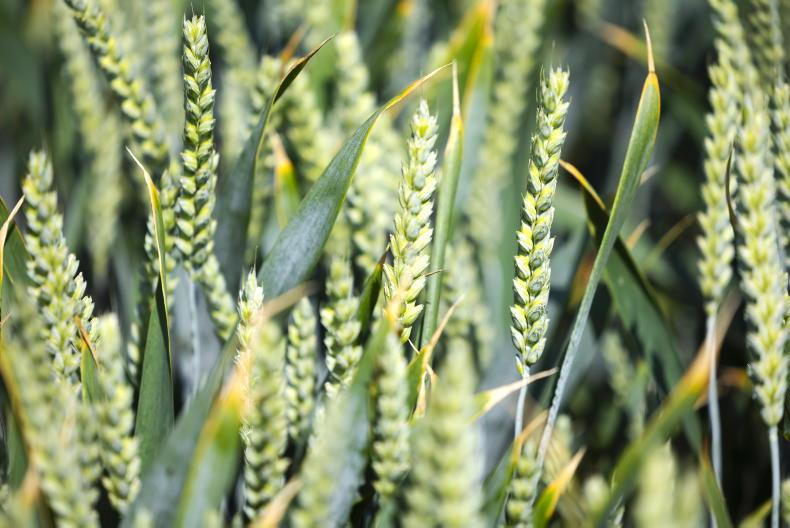Global grain markets lacked any real driver in either direction over the past week.
Some of you will be aware that the US federal administration has effectively been shut down in recent weeks and that also means that there have been no recent official market figures from the US.
So, international markets are suffering from a lack of official information that is normally very important in informing sentiment.
Currency remains a factor, especially for sterling, which has strengthened since the Brexit vote to result in lower UK prices. In general, grain markets are bearish at the moment and the alternating output prospects from Brazil are not helping.
On Tuesday, MATIF March wheat closed at €205.75 but September 2019 wheat was €188.75. This €17/t gap is a reflection of the fact that feed wheat is scarce and that new-crop production is expected to be high as a result of higher plantings.
If this latter comment holds true, then we must expect a price drop somewhere between here and harvest.
The general scarcity of wheat is helping old-crop, with spot prices holding in the €216 to €221/t range through to May.
But barley is coming under more pressure and prices are softer, from wheat parity to around €210 to €215/t now.
New-crop prices are running over €25/t below current levels, which indicates that the market anticipates a big crop this coming harvest.










SHARING OPTIONS